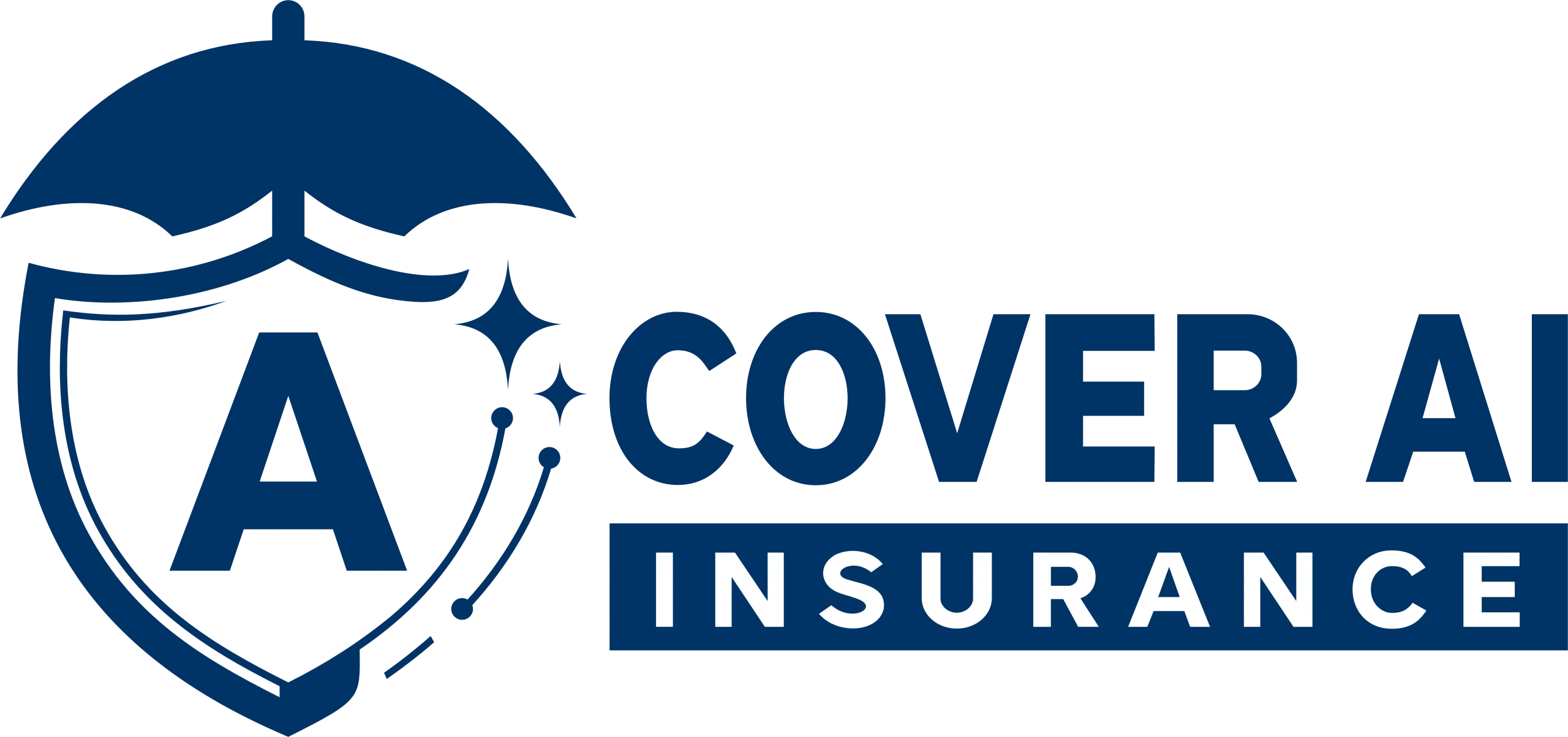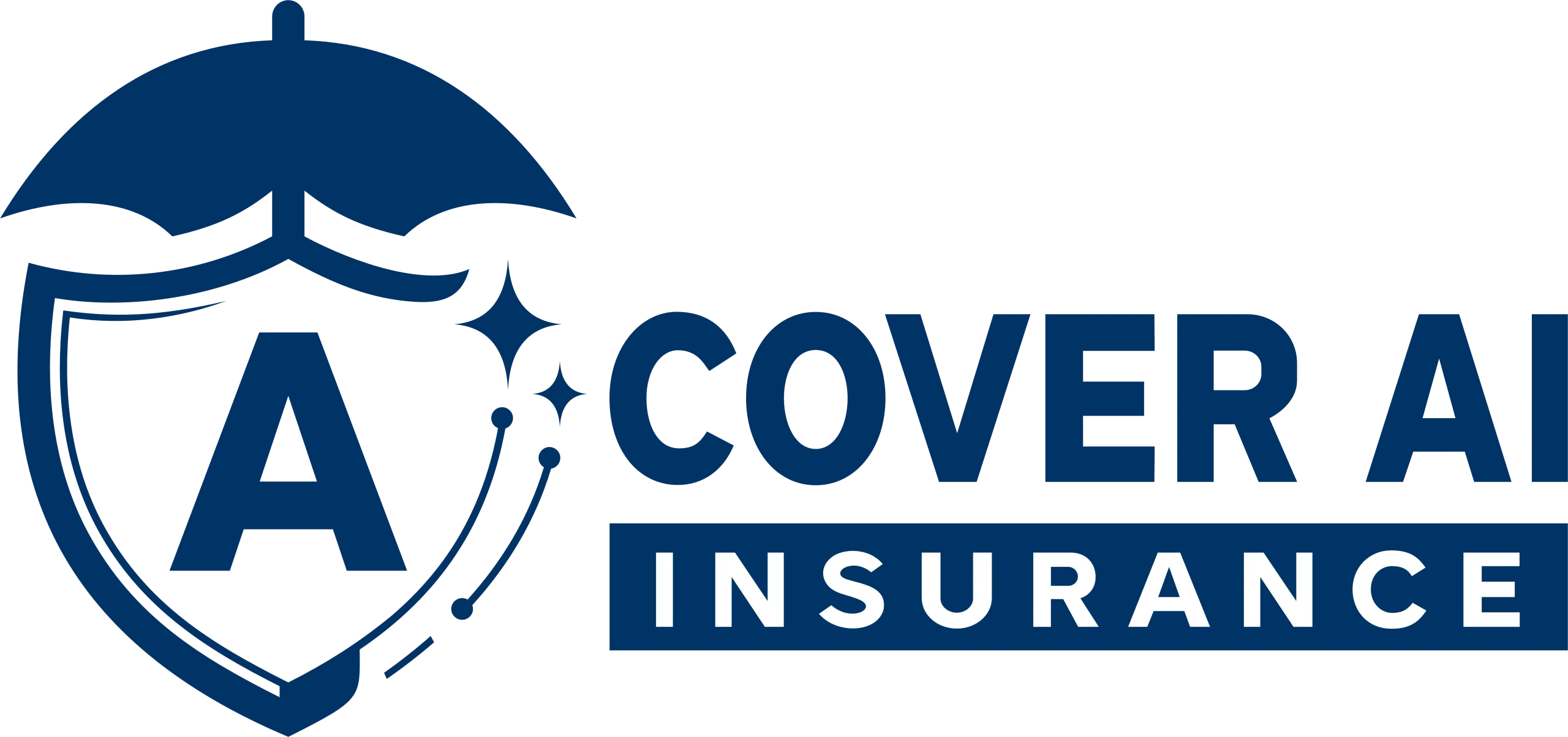For many individuals and families, auto insurance costs represent a significant portion of their household budget. These expenses are influenced by a variety of factors that may not be immediately obvious. Understanding these elements is crucial for making informed decisions and saving money.
This article outlines the key components that affect car insurance premiums and offers practical strategies to manage these costs effectively.
Understanding Auto Insurance
Auto insurance is a contract between you and an insurance provider that offers financial protection against potential issues involving your vehicle. Most policies extend beyond your car and cover liability for injuries, property damage, and personal injuries.
The cost of your policy depends on the level of coverage, personal details, and the vehicle itself. Common types of coverage include:
- Liability Coverage: Required in most states, this covers injury and property damage you cause to others.
- Collision Coverage: Pays for damage to your vehicle after an accident, regardless of who is at fault.
- Comprehensive Coverage: Covers damage from non-collision events like theft, vandalism, or natural disasters.
Coverage Limits and Deductibles: Balancing Protection and Cost
Coverage limits are the maximum amounts your insurer will pay for a claim. Higher limits provide better protection but increase your premium. Choose limits that align with your financial situation and risk exposure.
Deductibles are the out-of-pocket amounts you must pay before your insurer covers the remaining costs. Opting for a higher deductible typically reduces your premium but requires more up-front money when filing a claim.
What Impacts Insurance Rates?
Insurers use a range of factors to determine your car insurance rates. Understanding these can help you manage and lower your costs:
Driving Records
A clean driving history results in lower premiums. Traffic violations and accidents can increase rates significantly.
Annual Mileage
Drivers with higher annual mileage are more likely to be involved in accidents. Consider reducing your mileage through carpooling or using public transit. Some insurers offer usage-based policies that reward low-mileage drivers.
Location
Your state, city, and even neighborhood can affect your rates. Urban areas with higher traffic and crime tend to have higher premiums compared to rural areas.
Age and Gender
Younger drivers, especially males, usually face higher premiums due to higher risk. As drivers gain experience, rates typically decline. Statistically, females are involved in fewer accidents and often pay less for insurance.
Type of Vehicle
High-end or performance vehicles cost more to insure due to repair costs. Cars with strong safety features and anti-theft systems are generally cheaper to insure.
How Can You Lower Your Insurance Rates?
There are several proven ways to reduce your car insurance premiums. Consider these tips:
- Maintain a Clean Driving Record: Avoid accidents and violations to qualify for lower rates.
- Improve Your Credit Score: Many insurers factor in your credit. Pay bills on time and reduce debt.
- Increase Your Deductible: A higher deductible reduces your premium but increases out-of-pocket costs when claiming.
- Review Your Coverage Regularly: Update your policy annually or after major life events to avoid overpaying.
- Compare Multiple Quotes: Shop around to find better rates and coverage options. Always compare the same coverage levels.
- Use Discounts and Bundles: Look for discounts based on safe driving, multiple policies, defensive driving courses, or security features.
Understanding the full picture of what affects your auto insurance rates empowers you to make smarter choices. By being proactive, you can reduce your premium without sacrificing important coverage.
FAQ
How does driving record affect rates?
A poor driving record with violations and accidents can lead to higher insurance rates.
Should I review my coverage regularly?
Yes. Reviewing your coverage each year or after big life changes ensures you’re not overpaying or underinsured.
Can I switch insurance providers to lower rates?
Yes. Comparing quotes from different providers can help you find better deals and more suitable coverage.
Are there discounts available?
Most insurance companies offer discounts for good driving, bundling policies, or completing driving courses.
How can I save on insurance without compromising protection?
Balance your deductible and coverage limits, use available discounts, and keep a clean driving record.
Can defensive driving courses help lower rates?
Yes. Completing a certified course may qualify you for a discount with many insurers.


